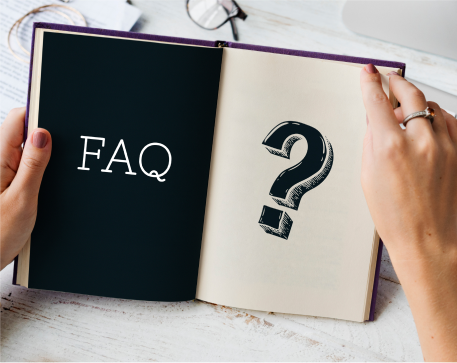Ready to learn?
Take the first step toward achieving your educational goals. Whether you’re preparing for exams or expanding your knowledge, getting started is just a click away. Join us today and unlock your full potential
832, utkarsh bhawan, near mandap restaurant, 9th chopasani road, jodhpur rajasthan - 342003
support@utkarsh.com
+91-9116691119
Support
Learning Resources
Rajasthan Govt Exams
Central Govt Exams
Civil Services Exams
Nursing Exams
School Tuitions
Other State Govt Exams
Agriculture Exams
College Entrance Exams
Miscellaneous Exams

© 2025 Utkarsh Classes & Edutech Pvt. Ltd. All Rights Reserved

Utkarsh Classes
Updated: 09 Oct 2023
3 Min Read

Union Minister of Tribal Affairs Arjun Munda on October 7 inaugurated the 10-day-long tribal festival Aadi Mahotsav in Jamshedpur, Jharkhand.
The Aadi Mahotsav is an annual initiative of the Ministry of Tribal Affairs that celebrates the spirit of tribal entrepreneurship, craft, culture, cuisine, commerce and age-old traditional art.
In 1973, the Dhebar Commission established Primitive Tribal Groups (PTGs) as a distinct category within the tribal groups. These PTGs were considered less developed than other tribal groups.
The Government of India later renamed PTGs as Particularly Vulnerable Tribal Groups (PVTGs) in 2006.
PVTGs share some basic characteristics, such as being mostly homogeneous with a small population. They are also often physically isolated, with social institutions cast in a simple mold, lack a written language, have relatively simple technology, and a slower rate of change.
The Indian government created a separate category called PVTGs in 1975 to identify the most vulnerable tribal groups.
Initially, 52 groups were declared, and in 1993 an additional 23 groups were added. This made a total of 75 PVTGs out of 705 Scheduled Tribes, spread over 17 states and one Union Territory, according to the 2011 census.
|
State /UT |
Name of PVTGs |
|
Andhra Pradesh |
Bodo Gadaba, Bondo Poroja, Chenchu, Dongria Khond, Gutob Gadaba, Khond Poroja, Kolam, Kondareddis, Konda Savaras, Kutia Khond, Parengi Poroja, Thoti |
|
Bihar (including Jharkhand) |
Asurs, Birhor, Birjia, Hill Kharia, Korwas, Mal Paharia, Parhaiyas, Sauria Paharia, Savar |
|
Gujarat |
Kathodi, Kotwalia, Padhar, Siddi, Kolgha |
|
Karnataka |
Jenu Kuruba, Koraga |
|
Kerala |
Cholanaikayan (a section of Kattunaickans), Kadar, Kattunayakan, Kurumbas, Koraga |
|
Madhya Pradesh (including Chhattisgarh) |
Abujh Marias, Baigas, Bharias, Hill Korbas, Kamars, Saharias, Birhor |
|
Maharashtra |
Katkaria (Kathodia), Kolam, Maria Gond |
|
Manipur |
Marram Nagas |
|
Odisha |
Birhor, Bondo, Didayi, Dongria-Khond, Juang, Kharias, Kutia Kondh, Lanjia Sauras, Lodhas, Mankidias, Paudi Bhuyans, Soura, Chuktia Bhunjia |
|
Rajasthan |
Seharias |
|
Tamil Nadu |
Kattu Nayakans, Kotas, Kurumbas, Irulas, Paniyans, Todas |
|
Tripura |
Reangs |
|
Uttar Pradesh (including Uttarakhand) |
Buxas, Rajis |
|
West Bengal |
Birhor, Lodhas, Totos |
|
Andaman & Nicobar Islands |
Great Andamanese, Jarawas, Onges, Sentinelese, Shompens |
Top Posts
Frequently asked questions

Still have questions?
Can't find the answer you're looking for? Please contact our friendly team.
Visit an Offline Centre Near to You.

1-Liner PDFs FREE !
Kumar Gaurav Sir ki Class PDF aur Daily One-Liner CA – Bilkul Free! Rozana preparation ko banaye aur bhi Damdaar!